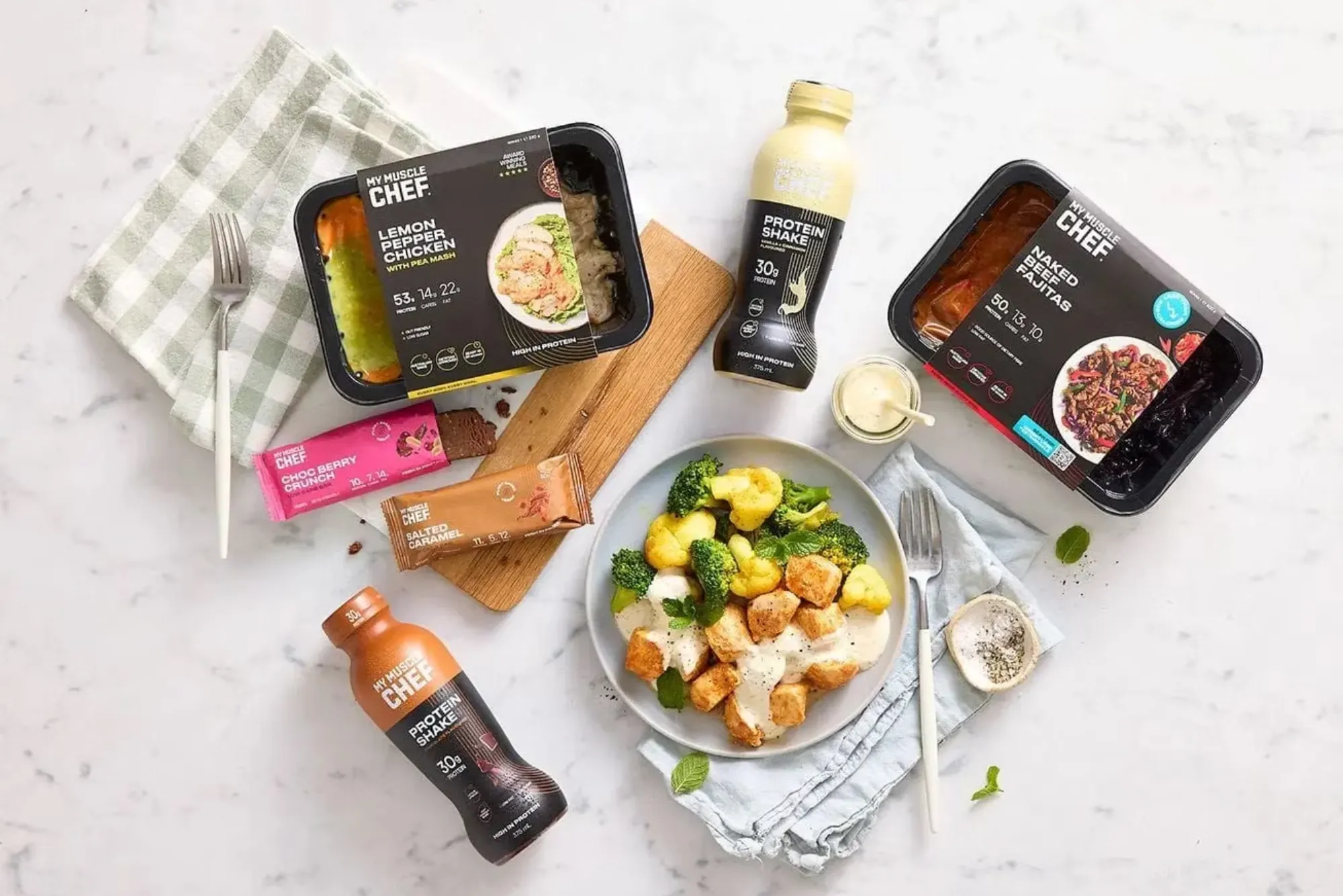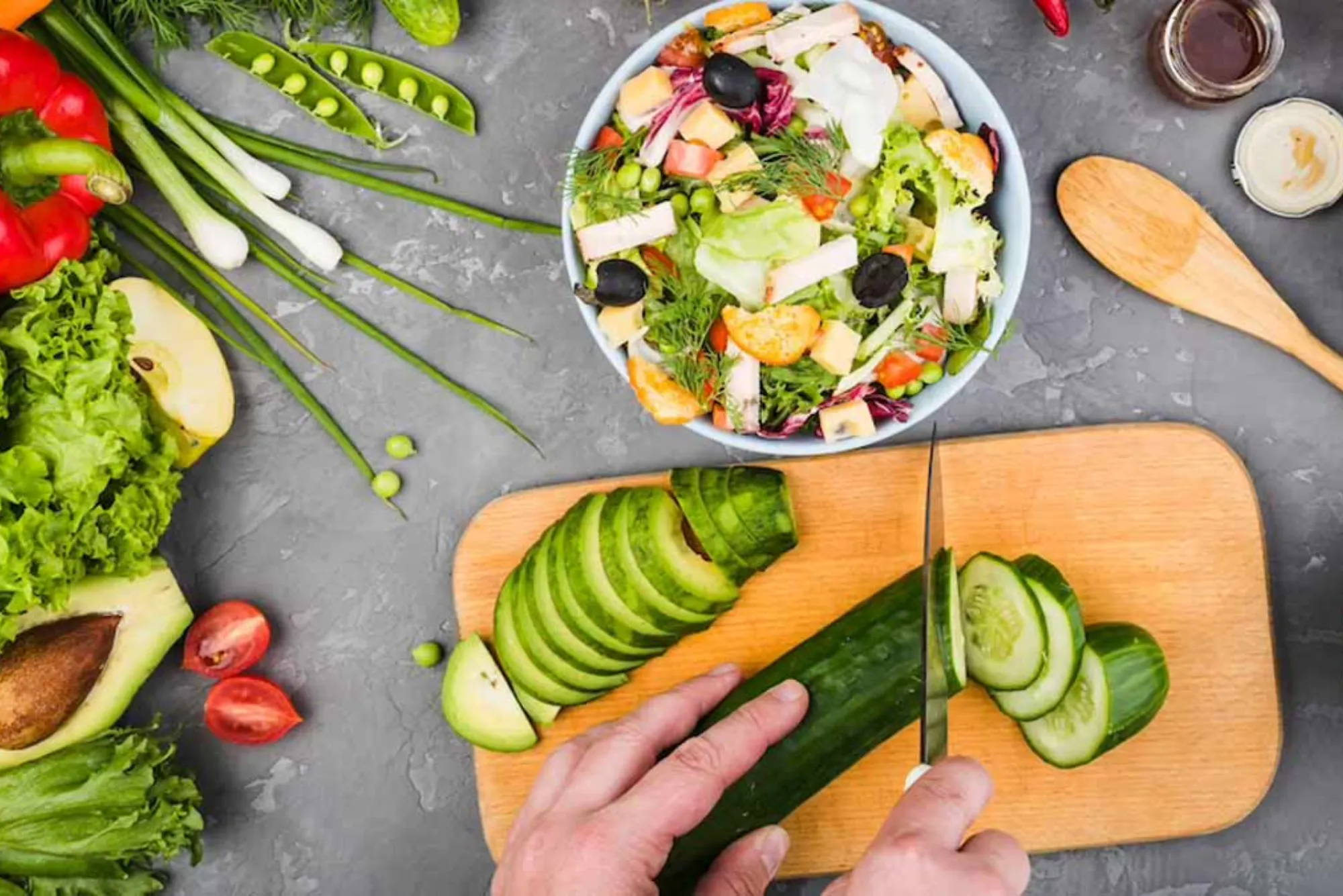The ketogenic (keto) diet has taken the world by storm due to its effectiveness in weight loss, improved energy, and numerous health benefits. Whether you’re a beginner or an experienced keto dieter, understanding the right way to prepare and plan your meals is essential to maximizing your results. In this article, we’ll cover everything from what the keto diet is, meal plans, and recipes to FAQs and troubleshooting tips.
What is Keto?
The ketogenic diet is a low-carbohydrate, high-fat, and moderate-protein diet that pushes the body into a state of ketosis. In ketosis, the body switches from using carbohydrates as its primary fuel source to burning fat for energy. This metabolic shift can result in rapid weight loss and other health benefits.
Types of Keto Diets
There are different variations of the keto diet, each suited for specific health and lifestyle goals:
Standard Keto Diet (SKD) – Low carb (around 20-50 grams per day), moderate protein, and high fat.
Targeted Keto Diet (TKD) – Allows carbs around workouts for those with higher activity levels.
Cyclical Keto Diet (CKD) – Alternates between keto and higher-carb days to replenish glycogen stores.
High-Protein Keto Diet – A variant with higher protein intake for those focused on muscle gain.
Why Choose Keto?
The keto diet offers several benefits:
- Weight loss: By burning fat for fuel, you can lose weight more efficiently.
- Mental clarity: Ketones are a more efficient energy source for the brain, leading to better focus.
- Improved health: Research suggests that keto may help control blood sugar, improve heart health, and reduce the risk of diseases like diabetes and epilepsy.
Keto Meal Plans
Planning your meals is key to succeeding on the keto diet. Below are some sample meal plans and tips for preparing keto-friendly meals.

Meal Plan for Beginners
If you’re just getting started, try this simple 7-day meal plan:
| Day | Breakfast | Lunch | Dinner |
|---|---|---|---|
| Day 1 | Avocado & eggs | Chicken salad | Grilled salmon |
| Day 2 | Keto pancakes | Zucchini noodles with pesto | Beef stir-fry |
| Day 3 | Omelette with cheese | Chicken lettuce wraps | Baked chicken with veggies |
| Day 4 | Keto smoothie | Tuna salad | Cauliflower rice with beef |
| Day 5 | Bacon & eggs | Avocado salad | Grilled pork chops |
| Day 6 | Greek yogurt with nuts | Turkey lettuce wraps | Keto lasagna |
| Day 7 | Keto waffles | Shrimp salad | Steak with buttered broccoli |
Customizable Meal Plans
Keto meal plans can be tailored to your needs:
- For weight loss: Focus on meals low in both carbs and calories.
- For fitness: Increase protein and carb intake around workout periods (TKD or CKD).
- Special diets: If you’re vegetarian, vegan, or have allergies, adapt recipes using keto-friendly alternatives like tofu, cauliflower, or almond flour.
Keto Snacks & Desserts
Snacks and desserts don’t have to be off-limits. Here are a few easy keto-friendly options:
- Cheese and meat rolls
- Nuts (almonds, walnuts)
- Keto chocolate mousse
- Fat bombs (made with coconut oil and nut butter)
Keto Recipes
Cooking keto meals doesn’t have to be complicated. Here are some easy and delicious recipe ideas to incorporate into your daily routine.
Breakfast Recipes
- Keto Pancakes: Made with almond flour and cream cheese, these pancakes are a filling way to start the day.
- Avocado & Eggs: A simple and nutritious dish where eggs are baked in avocado halves.
Lunch Recipes
- Chicken Lettuce Wraps: Replace tortillas with lettuce to make a low-carb, high-protein lunch.
- Zucchini Noodles with Pesto: A light and refreshing dish, ideal for those hot afternoons.
Dinner Recipes
- Grilled Salmon: Rich in omega-3 fatty acids, salmon makes for a perfect keto-friendly meal.
- Keto Lasagna: Use thin slices of zucchini in place of pasta, layered with ground beef and cheese.
Keto Smoothies & Drinks
- Keto Green Smoothie: Blend spinach, avocado, almond milk, and a scoop of protein powder.
- Bulletproof Coffee: A mixture of coffee, butter, and MCT oil to help you stay energized.
Meal Prep Tips
To make keto easier, prepare meals in bulk. Cook large portions of proteins like chicken or beef and use them in various dishes throughout the week. Prepping vegetables like spinach, broccoli, and cauliflower ensures that you have keto-friendly sides ready at all times.
Keto for Specific Goals
Keto isn’t just for weight loss. It can also be adapted to meet fitness, medical, and mental health goals.

Keto for Weight Loss
By reducing carbohydrate intake, the keto diet forces the body to burn fat for energy. This results in significant weight loss, especially in the initial weeks, as your body sheds excess water and fat stores.
Keto for Fitness & Performance
For athletes or those focused on fitness, the targeted or cyclical keto diet is ideal. By consuming carbs around workout periods, you can maintain performance while staying in ketosis the rest of the time.
Keto for Medical Conditions
Keto has been proven beneficial for certain medical conditions such as epilepsy, where it helps control seizures, and type 2 diabetes, where it helps manage blood sugar levels. Always consult a healthcare professional before making dietary changes for medical reasons.
Keto for Mental Health
Research has shown that the ketogenic diet may improve mental clarity, focus, and mood, especially for people with neurological conditions like Alzheimer’s and Parkinson’s disease.
Keto Ingredients Guide
Shopping for the keto diet is easy when you know what to look for.
Essential Keto Ingredients
- Proteins: Chicken, beef, fish, eggs
- Fats: Avocados, olive oil, coconut oil, butter
- Vegetables: Leafy greens, broccoli, zucchini, cauliflower
- Dairy: Cheese, heavy cream, Greek yogurt
- Nuts & Seeds: Almonds, walnuts, chia seeds
What to Avoid
- High-carb foods: Bread, pasta, rice, sugary foods, starchy vegetables
- Sugary drinks: Sodas, fruit juices, sweetened teas
Substitutes for Common Ingredients
- Flour: Use almond or coconut flour as a substitute for wheat flour.
- Sugar: Use keto-friendly sweeteners like stevia, erythritol, or monk fruit.
Grocery Shopping List
Here is a basic keto shopping list to get you started:
- Meat, poultry, and fish
- Leafy greens and low-carb vegetables
- Healthy fats like avocado, olive oil, and butter
- Nuts and seeds
- Full-fat dairy products
FAQs
1. What is ketosis?
Ketosis is a metabolic state where your body burns fat for energy instead of carbohydrates. This is achieved by following a low-carb, high-fat diet like keto.
2. How long does it take to enter ketosis?
It typically takes 2-4 days of following a strict ketogenic diet to enter ketosis, but it can vary depending on the individual.
3. How many carbs should I eat on keto?
Most people aim to eat 20-50 grams of net carbs per day to stay in ketosis.
4. What are common keto flu symptoms?
Keto flu symptoms include headache, fatigue, irritability, and nausea. These are temporary and usually subside after a few days.
5. Can I follow keto if I’m vegetarian or vegan?
Yes! Vegetarians can eat eggs, dairy, and plant-based proteins like tofu. Vegans can focus on low-carb vegetables, nuts, seeds, and plant-based oils.
By following the guidelines in this article, you can succeed on the keto diet and enjoy the many benefits it offers. Whether you’re looking to lose weight, boost your energy, or improve your overall health, keto meals are a great way to achieve your goals.



